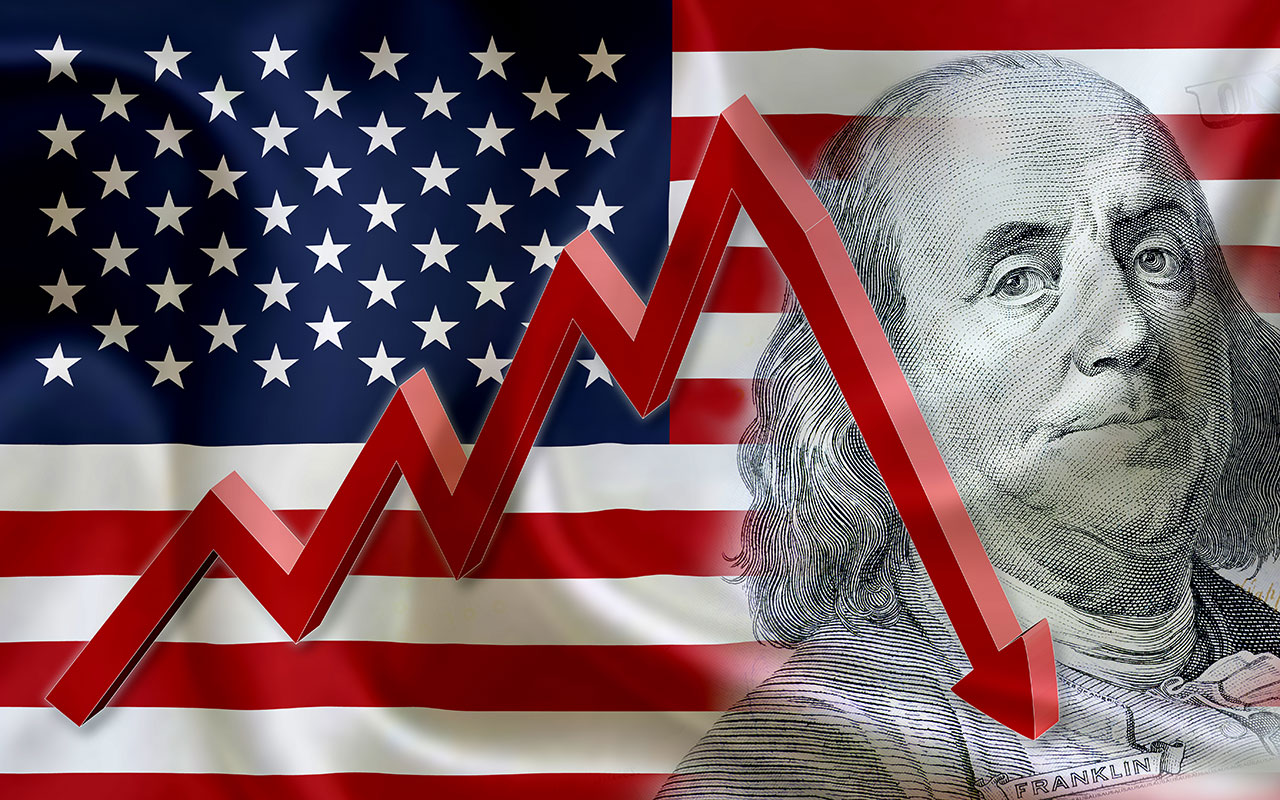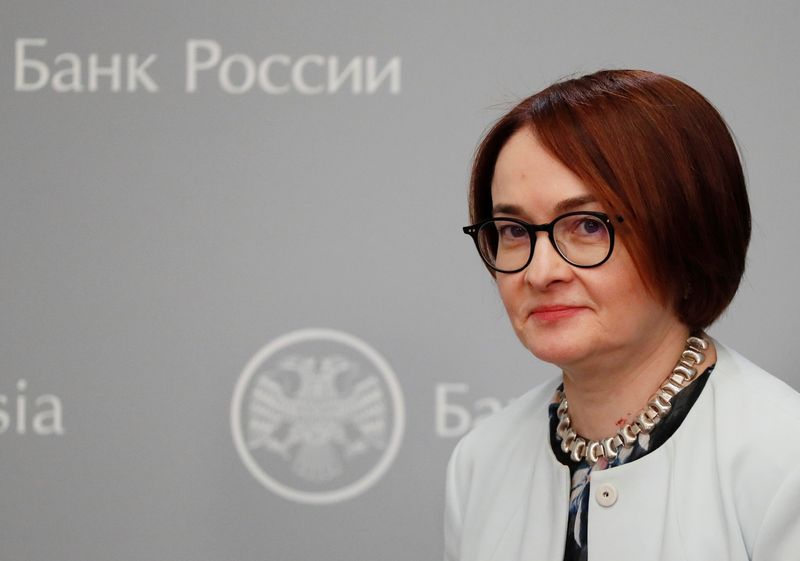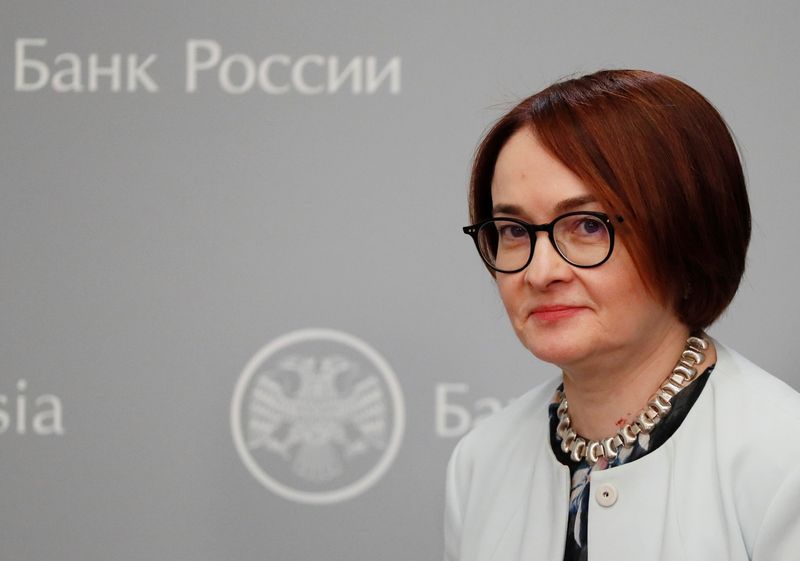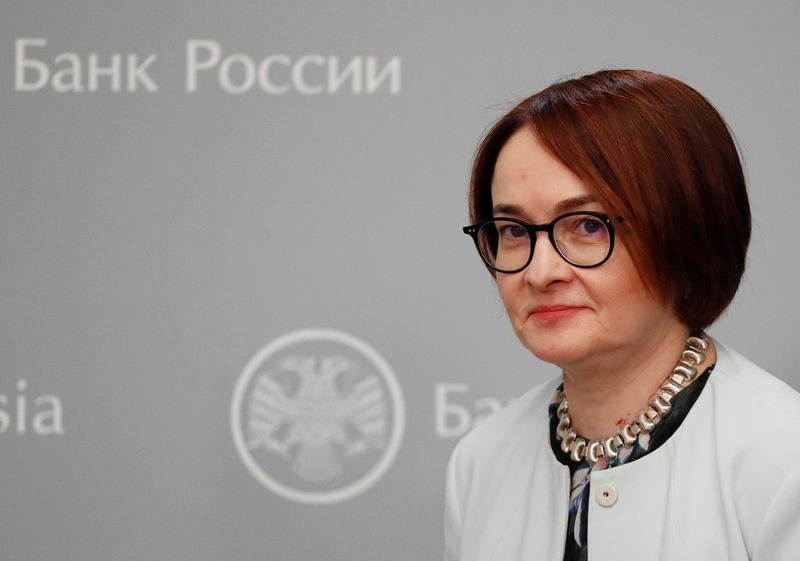Economy
Will the decline in the US economy begin to slow? The economy is falling for the second quarter in a row. What does it mean?

Will the decline in the US economy begin to slow? Compared to the first quarter of 2022, U.S. GDP has fallen by 0.9% year on year, said the country’s Commerce Department. At the same time, the economy was supposed to show growth of 0.3 p. p. This was the second decrease in the year – in the first quarter of 2022; it decreased by 0.3 p p. compared to the previous quarter. The decline in real GDP reflects a decline in private investment in inventories and fixed capital, as well as reduced spending and investment by the federal government.
Decline in the US economy becoming stronger or weaker?
Despite the decline in real GDP, the Commerce Department reported a 7.8% ($465.1 billion) year-over-year increase in GDP at current prices, as well as an increase in exports and personal consumption expenditures (PCE) related to Americans’ domestic and foreign travel.
Consumer spending, which accounts for two-thirds of U.S. GDP, increased 1% in Q2 after rising 1.8% a quarter earlier. Business fixed investment fell 3.9% and federal government spending declined 1.9%. Exports jumped 18% last quarter, while imports rose only 3.1%.
Economists at Deutsche Bank predicted recessions in the U.S. and Germany on July 15. In their opinion, markets were seriously changed after the data publication on July 13, which showed an acceleration of consumer price growth in the USA. The futures-markets dynamics allow for an almost 100% probability of a recession in the American economy till the end of 2022.
A report from the International Monetary Fund on July 12 stressed that the U.S. will find it “increasingly difficult” to avoid a recession. The Institute worsened its estimates of the economy: the growth forecast for 2022 was decreased from 2.9% to 2.3%; the real GDP growth expectation for 2023 was decreased from 1.7% to 1%.
The Fed is raising the rate at an accelerated pace: at the last meeting – immediately by 0.75 bp to 1.75%, which was the biggest increase since 1994. However, the current prime rate (1.58%) remains very low – far below both the neutral level (2.5%), and the inflation rate (9.1% in annual terms in June). Most analysts expect the Fed to have to raise the rate to at least 3.75-4% at the end of the year.
We should not expect that the very fact of a recession in the U.S. will have a strong negative impact on other developed world economies. The effect will strongly depend on the depth of the crisis. In any case, the severity of the recession will not be comparable to the Great Depression, when for four years there was a rapid drop in GDP.
Earlier we reported on whether Europe is in a recession.
Economy
Russian central bank says it needs months to make sure CPI falling before rate cuts -RBC


© Reuters. Russian Central Bank Governor Elvira Nabiullina attends a news conference in Moscow, Russia June 14, 2019. REUTERS/Shamil Zhumatov/File Photo
MOSCOW (Reuters) – Russia’s central bank will need two to three months to make sure that inflation is steadily declining before taking any decision on interest rate cuts, the bank’s governor Elvira Nabiullina told RBC media on Sunday.
The central bank raised its key interest rate by 100 basis points to 16% earlier in December, hiking for the fifth consecutive meeting in response to stubborn inflation, and suggested that its tightening cycle was nearly over.
Nabiullina said it was not yet clear when exactly the regulator would start cutting rates, however.
“We really need to make sure that inflation is steadily decreasing, that these are not one-off factors that can affect the rate of price growth in a particular month,” she said.
Nabiullina said the bank was taking into account a wide range of indicators but primarily those that “characterize the stability of inflation”.
“This will take two or three months or more – it depends on how much the wide range of indicators that characterize sustainable inflation declines,” she said.
The bank will next convene to set its benchmark rate on Feb. 16.
The governor also said the bank should have started monetary policy tightening earlier than in July, when it embarked on the rate-hiking cycle.
Economy
China identifies second set of projects in $140 billion spending plan


© Reuters. FILE PHOTO: Workers walk past an under-construction area with completed office towers in the background, in Shenzhen’s Qianhai new district, Guangdong province, China August 25, 2023. REUTERS/David Kirton/File Photo
SHANGHAI (Reuters) – China’s top planning body said on Saturday it had identified a second batch of public investment projects, including flood control and disaster relief programmes, under a bond issuance and investment plan announced in October to boost the economy.
With the latest tranche, China has now earmarked more than 800 billion yuan of its 1 trillion yuan ($140 billion) in additional government bond issuance in the fourth quarter, as it focuses on fiscal steps to shore up the flagging economy.
The National Development and Reform Commission (NDRC) said in a statement on Saturday it had identified 9,600 projects with planned investment of more than 560 billion yuan.
China’s economy, the world’s second largest, is struggling to regain its footing post-COVID-19 as policymakers grapple with tepid consumer demand, weak exports, falling foreign investment and a deepening real estate crisis.
The 1 trillion yuan in additional bond issuance will widen China’s 2023 budget deficit ratio to around 3.8 percent from 3 percent, the state-run Xinhua news agency has said.
“Construction of the projects will improve China’s flood control system, emergency response mechanism and disaster relief capabilities, and better protect people’s lives and property, so it is very significant,” the NDRC said.
The agency said it will coordinate with other government bodies to make sure that funds are allocated speedily for investment and that high standards of quality are maintained in project construction.
($1 = 7.1315 renminbi)
Economy
Russian central bank says it needs months to make sure CPI falling before rate cuts -RBC


© Reuters. Russian Central Bank Governor Elvira Nabiullina attends a news conference in Moscow, Russia June 14, 2019. REUTERS/Shamil Zhumatov/File Photo
MOSCOW (Reuters) – Russia’s central bank will need two to three months to make sure that inflation is steadily declining before taking any decision on interest rate cuts, the bank’s governor Elvira Nabiullina told RBC media on Sunday.
The central bank raised its key interest rate by 100 basis points to 16% earlier in December, hiking for the fifth consecutive meeting in response to stubborn inflation, and suggested that its tightening cycle was nearly over.
Nabiullina said it was not yet clear when exactly the regulator would start cutting rates, however.
“We really need to make sure that inflation is steadily decreasing, that these are not one-off factors that can affect the rate of price growth in a particular month,” she said.
Nabiullina said the bank was taking into account a wide range of indicators but primarily those that “characterize the stability of inflation”.
“This will take two or three months or more – it depends on how much the wide range of indicators that characterize sustainable inflation declines,” she said.
The bank will next convene to set its benchmark rate on Feb. 16.
The governor also said the bank should have started monetary policy tightening earlier than in July, when it embarked on the rate-hiking cycle.

 Forex3 years ago
Forex3 years agoForex Today: the dollar is gaining strength amid gloomy sentiment at the start of the Fed’s week

 Forex3 years ago
Forex3 years agoUnbiased review of Pocket Option broker

 Forex3 years ago
Forex3 years agoDollar to pound sterling exchange rate today: Pound plummeted to its lowest since 1985

 Forex3 years ago
Forex3 years agoHow is the Australian dollar doing today?

 Cryptocurrency3 years ago
Cryptocurrency3 years agoWhat happened in the crypto market – current events today

 World3 years ago
World3 years agoWhy are modern video games an art form?

 Commodities3 years ago
Commodities3 years agoCopper continues to fall in price on expectations of lower demand in China

 Economy3 years ago
Economy3 years agoCrude oil tankers double in price due to EU anti-Russian sanctions

























